Deer
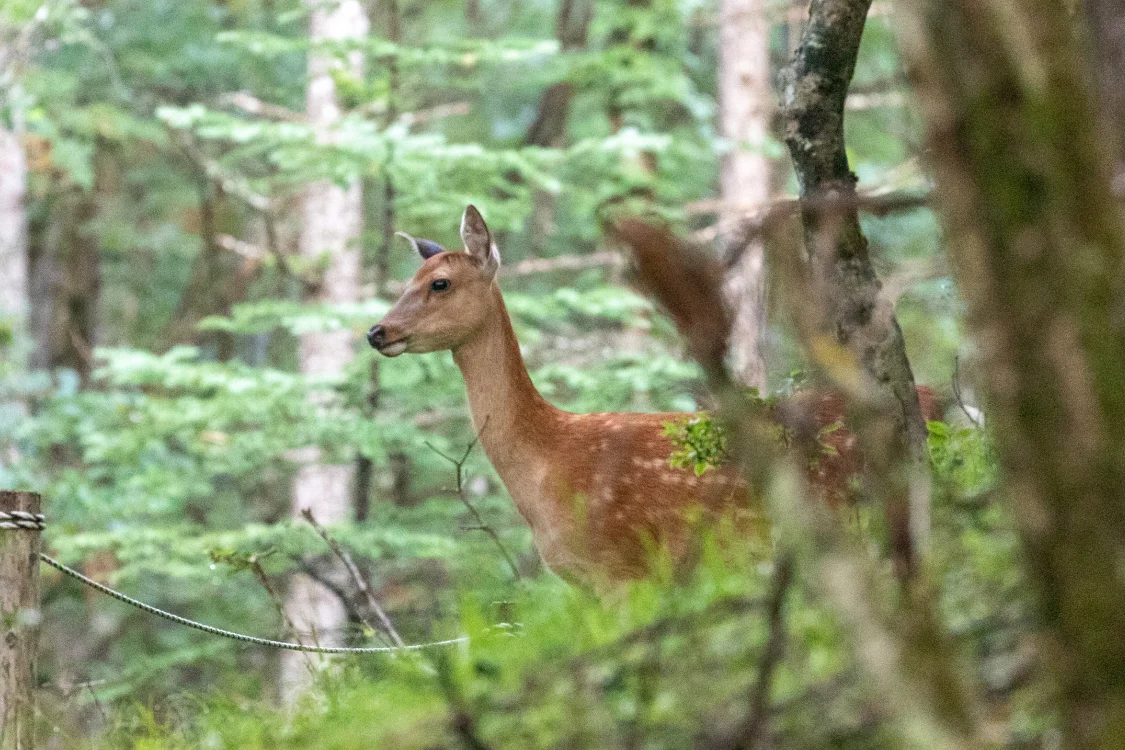
This page contains photos of animals.
Deer are popular attractions in tourist areas, engaging visitors with their adorable appearance. However, Japan is now facing a serious challenge as deer populations have grown excessively, causing widespread damage.
Adorable Yet Destructive
Across Japan, deer overpopulation has caused extensive grazing damage. Deer start by eating their preferred grasses and trees. Once those are gone, they move on to less desirable plants, and eventually even toxic plants.
Few plants can escape their appetite. As particular plants are devoured by deer, the corresponding insects, birds and animals that depend on them start to disappear. On slopes where plants are eaten away, the soil becomes exposed, leading to erosion — and in severe cases, landslides. The damage affects not just agriculture and forestry, but entire ecosystems.
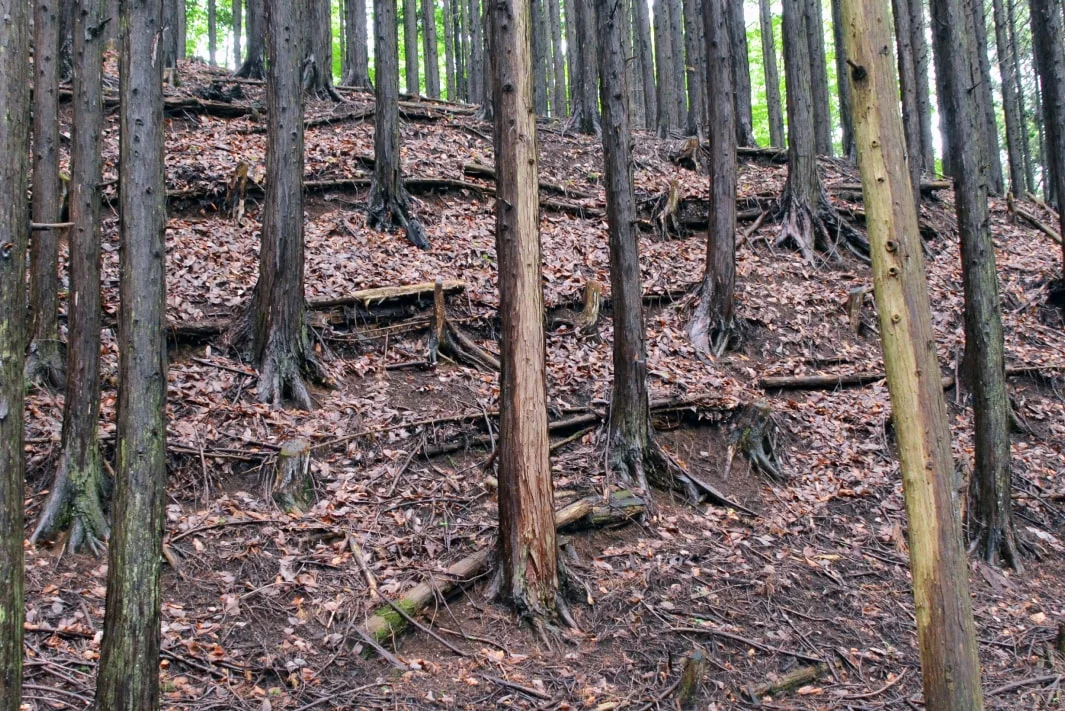
Deer Multiply Rapidly
Deer have a remarkable ability to reproduce. Without adequate population control, their numbers can double annually. At this reproductive rate, a deer population can grow tenfold in just 15 years.
Experts used to believe that once the vegetation was gone, food scarcity would inevitably reduce the population. However, it turns out some deer can survive the winter by feeding on fallen leaves alone. If fallen leaves are enough, their food supply is virtually limitless. Japan’s biodiversity could suffer catastrophic damage if this trend were to continue.

Natural Water Sanctuary Initiatives
In our Natural Water Sanctuaries, protective fences have been installed around sensitive areas. These include newly planted areas, spots where rare or deer-preferred plants remain, and forest sections where thinning has been conducted to encourage grass and broadleaf trees to grow. This initiative aims to preserve each forest's unique genetic heritage for the future.
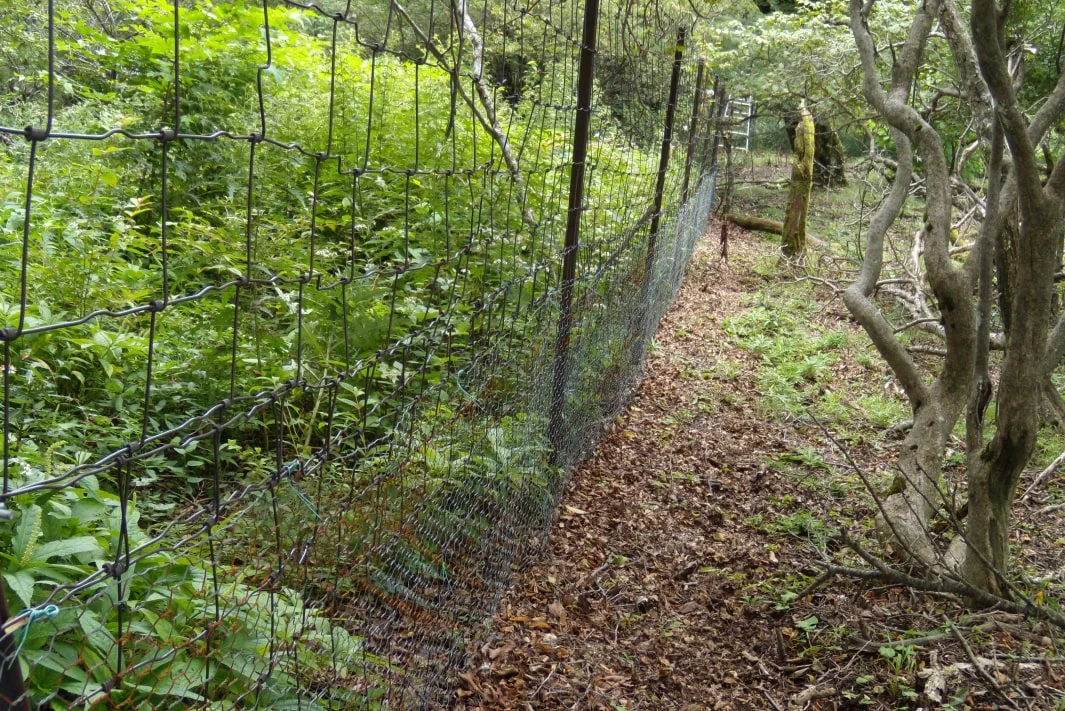
Protecting Precious Soil
Protective fences are not the only measure being put in place. Outside the fences, additional steps are taken to cover the ground with deer-resistant plants* to safeguard the forest soil, which is vital for groundwater recharge and biodiversity.
Since deer-resistant plants represent only a small portion of the species found in forests, relying on these alone may initially seem counterproductive to biodiversity. However, if soil erosion isn’t prevented immediately, forest recovery can take an extraordinarily long time. This emergency measure aims to at least protect the soil until deer populations can be brought under control.
Once that is achieved, the plants safeguarded within the fences will be able to spread outward, restoring the forest’s original biodiversity. We hope that day comes soon.
Deer-resistant plants are those that deer either completely avoid or generally dislike
Population Control: The Ultimate Solution
Unfortunately, controlling deer numbers is not something one company can achieve on its own. In some of our Natural Water Sanctuaries, the efforts of local hunting groups have allowed the vegetation to recover. However, as the greenery returns, other herds of deer move in from surrounding forests. This is why a comprehensive, large-scale approach — ideally across prefectural borders — is essential for achieving lasting results.
Missteps Can Lead to Better Conservation Efforts
During our conservation activities, we have met with unexpected failures, while also gaining valuable insights from them. Here are some of those cases.
Supposedly Deer-Resistant Plants
When planting seedlings outside our protective fences in areas with high deer populations, we select species considered deer-resistant for the region concerned. However, at one of the early planting sites, all the planted seedlings were eaten by deer.
At the same time, we noticed that naturally occurring seedlings of the same deer-resistant species in the exact same area were ignored by the deer. It turned out that by fertilizing our seedlings they became more appetizing to deer. Since this discovery, we've adopted a new practice, namely, seedlings intended for planting outside the fences are grown without fertilizer for at least one year.
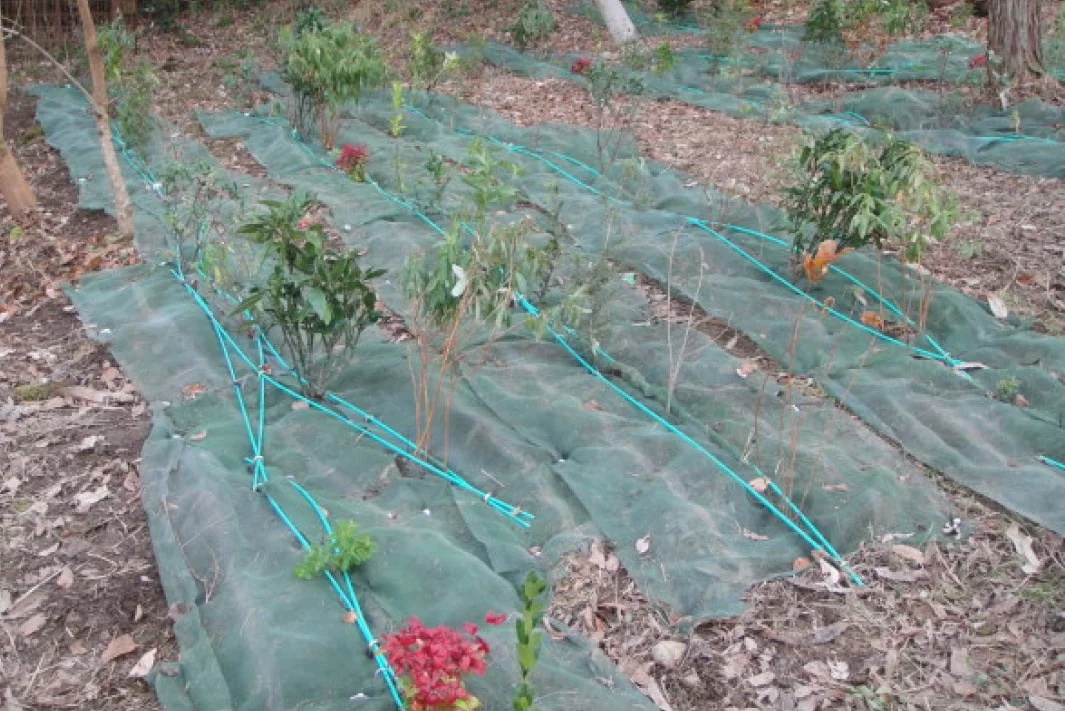
Experts involved in this Initiative

Tamotsu Hattori
Emeritus Professor, University of Hyogo

Institute of Rural and Urban Ecology Co., Ltd.
A Deer Fence Learning Process
When our Natural Water Sanctuary project was launched, we believed that installing metal fences would prevent most deer issues.
However, in steep valley terrain, deer managed to sneak under fences through gaps created by rainwater erosion. Some even used nearby stumps as platforms to jump over the fence, while others leapt over the barrier from higher up on the slope. Each time this happened, we adopted new countermeasures. Here are some of our improved measures.
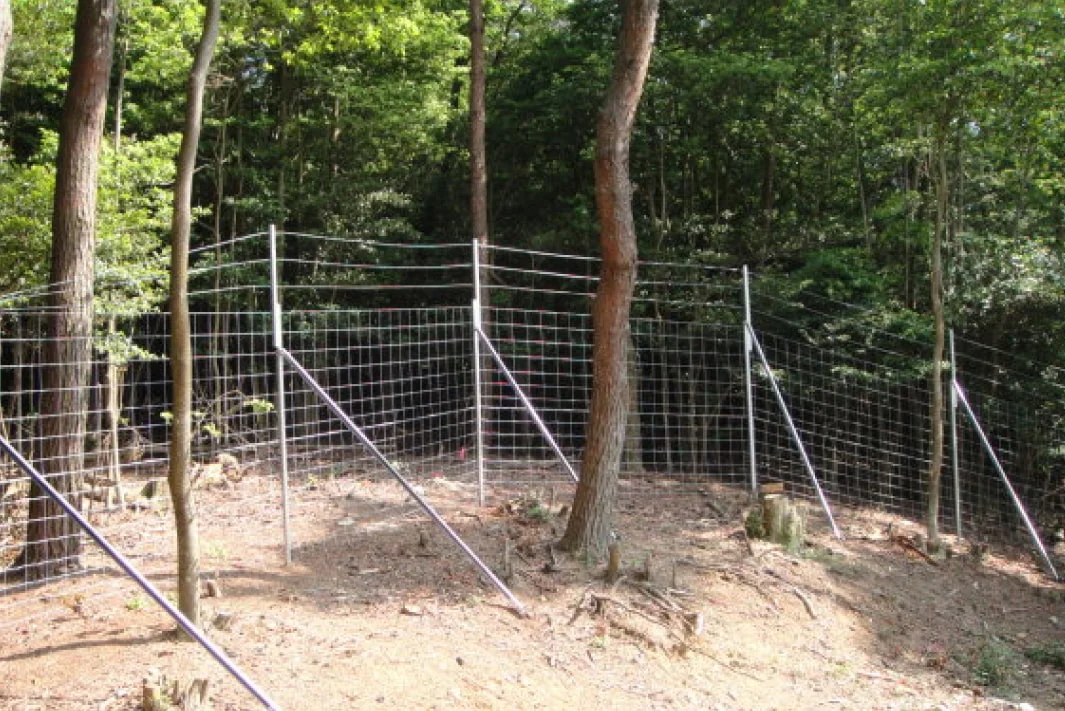
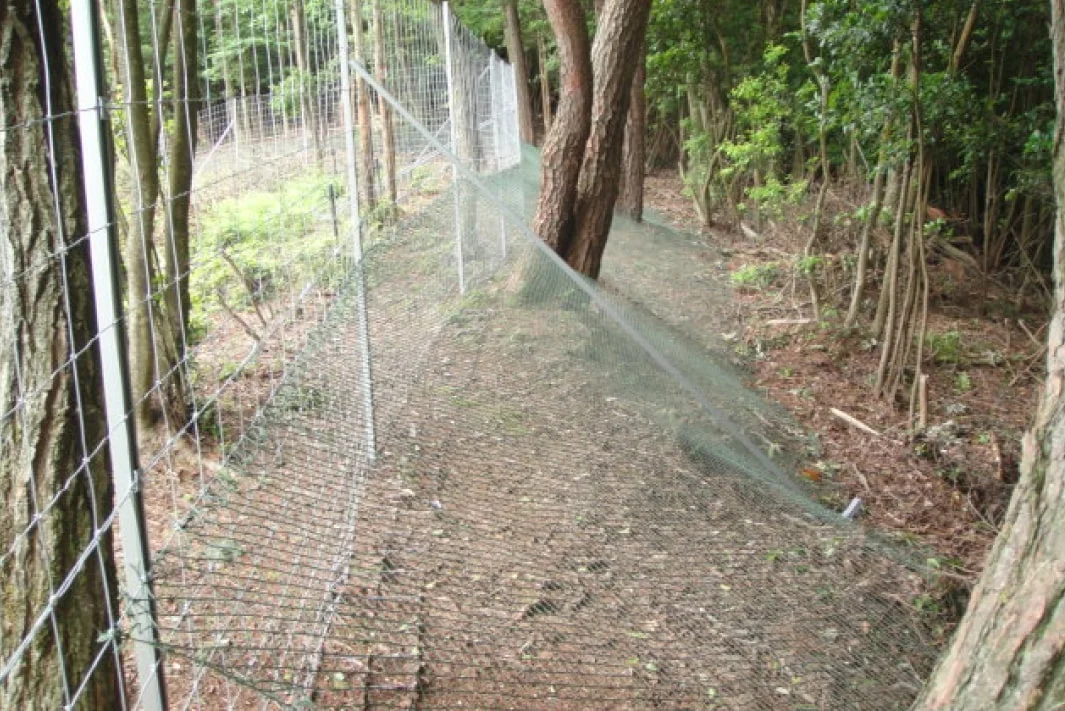
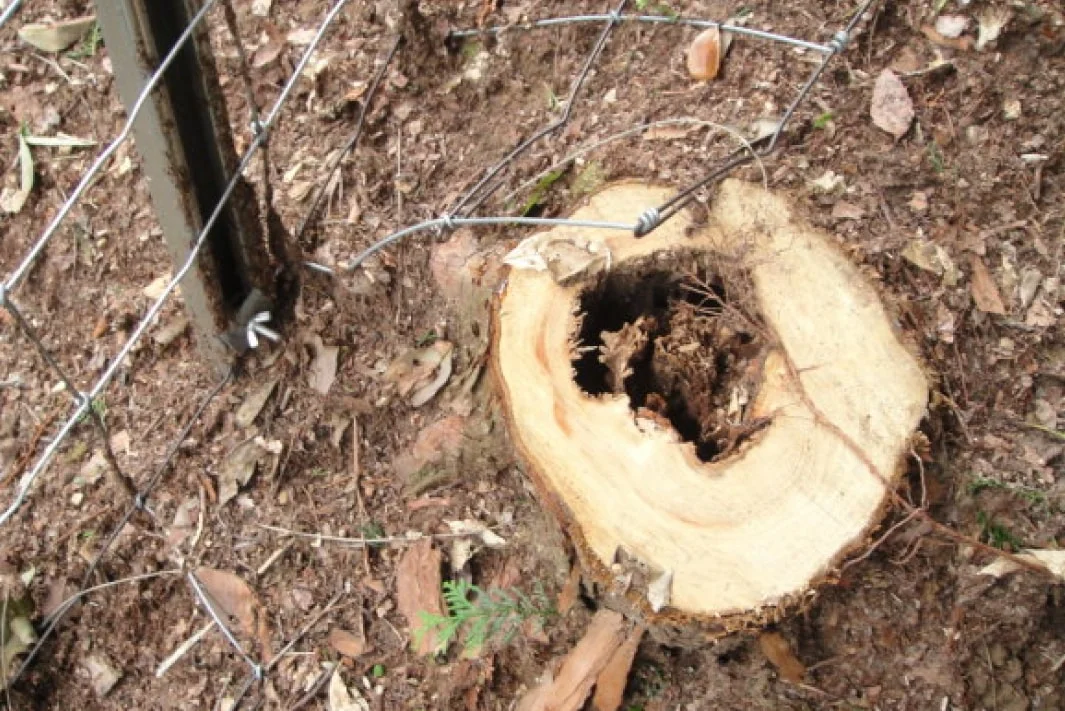
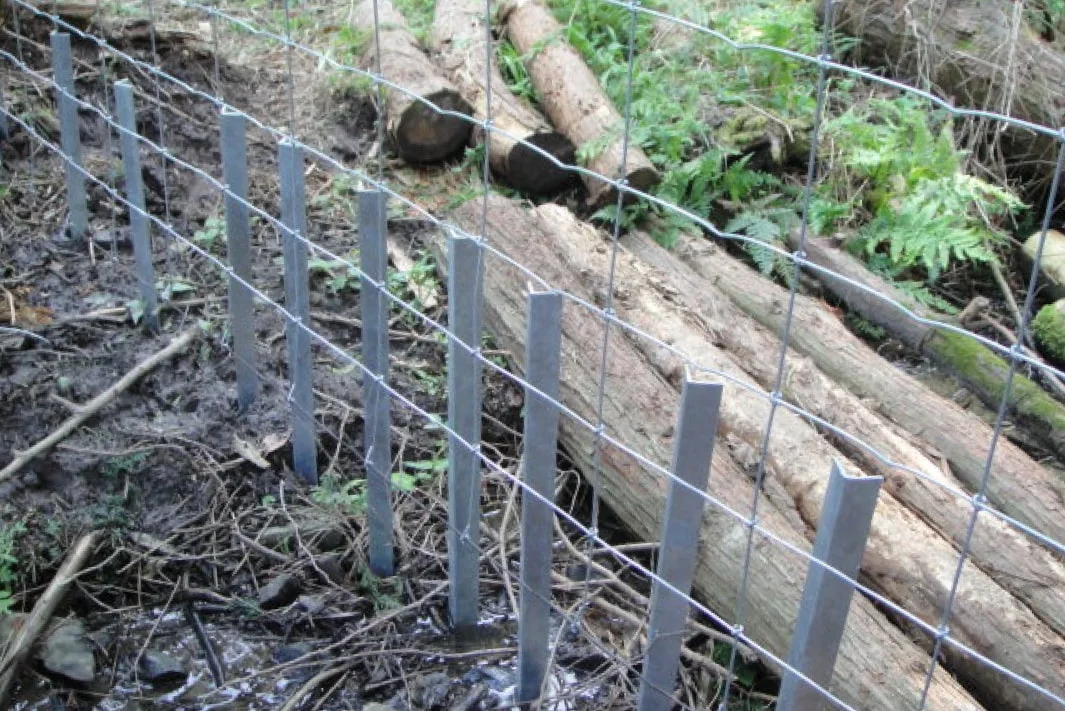
Although these efforts have helped significantly, falling trees still occasionally damage the fences. To improve monitoring, we now use smart security cameras in forests where there is connectivity.
Whenever deer breach a fence, we can now respond immediately to drive them out and repair the damage. This technology has significantly reduced the time and effort required for patrols, which is a major boost to our efforts.
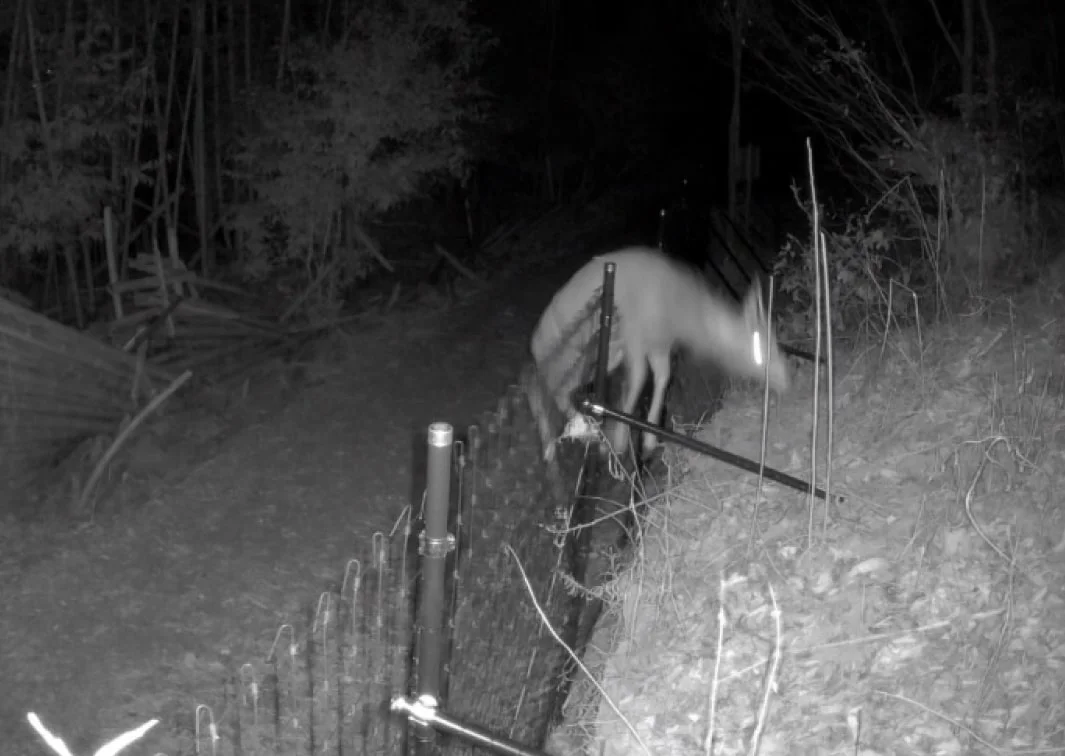
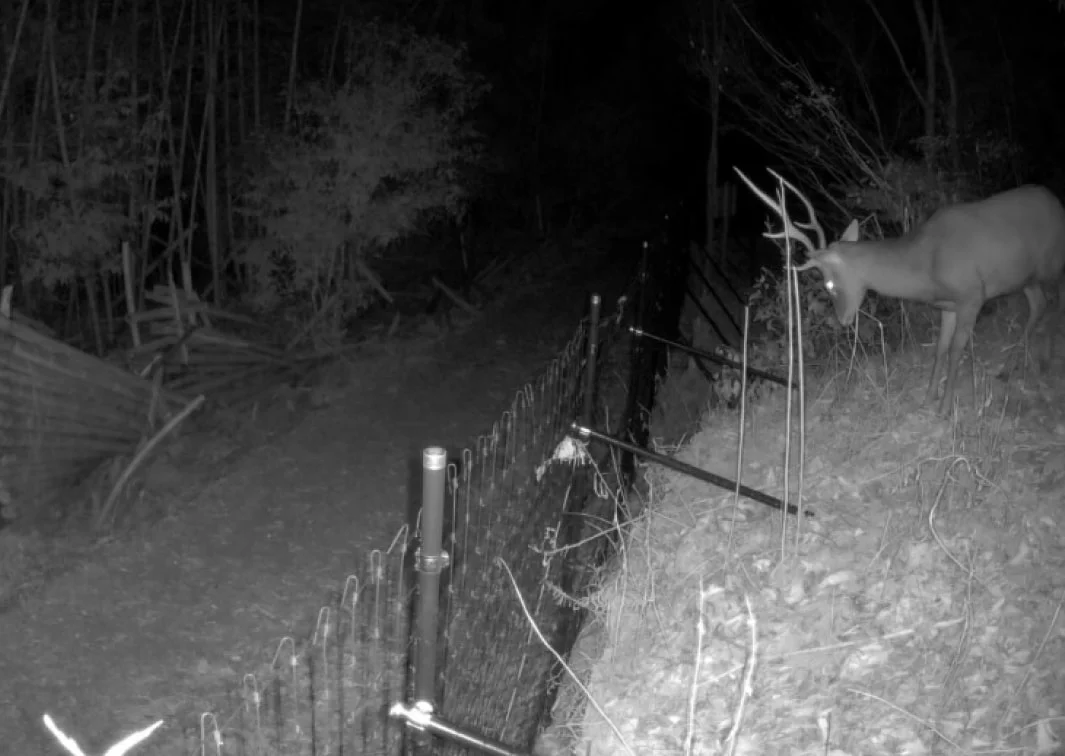
Deer intrusions captured by a security camera
Natural Water Sanctuaries are Home to Many Other Living Things
Learn about some of the birds, mammals, insects, and living things that enrich the soil thriving in our Sanctuaries.
Learn about the living things in the Natural Water Sanctuaries
 Home
Home Initiative Policy and Structure
Initiative Policy and Structure Living Things in the Natural Water Sanctuaries
Living Things in the Natural Water Sanctuaries Dedication to Water
Dedication to Water Natural Water Sanctuaries
Natural Water Sanctuaries  Natural Water
Natural Water  Initiative History
Initiative History